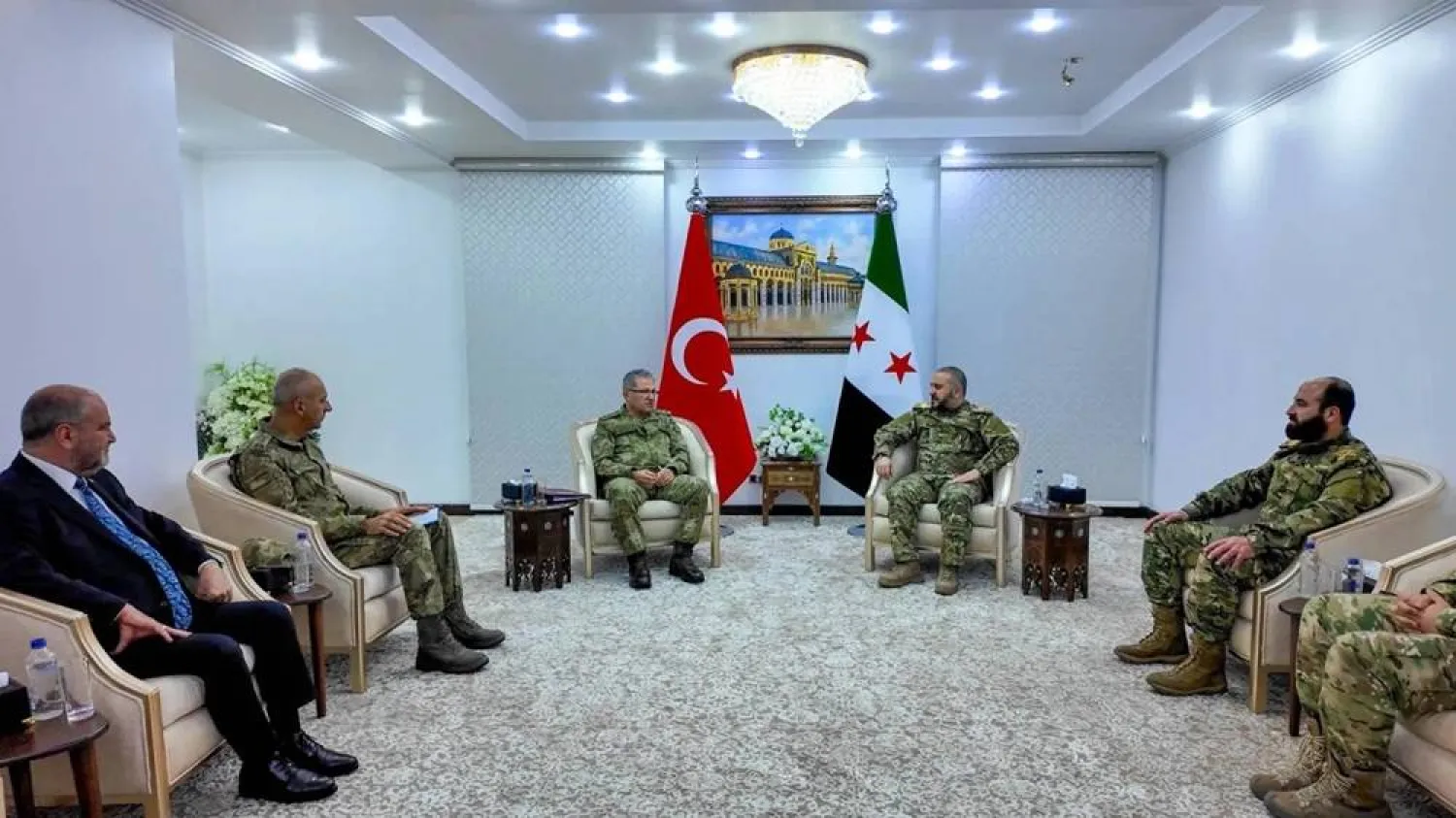A high risk of famine persists across the whole of the Gaza Strip as long as conflict between Israel and Hamas continues and humanitarian access remains restricted, a global hunger monitor said on Tuesday.
Over 495,000 people, or more than one fifth of Gaza's population, are facing the most severe, catastrophic level of food insecurity, said an update from the Integrated Food Security Phase Classification (IPC).
The IPC said increased deliveries of food and nutrition services to northern Gaza in March and April appeared to have reduced the severity of hunger in the area, where the UN-backed body had previously projected that famine was likely.
But Israel's offensive around the southern city of Rafah from early May and other hostilities and displacement have led to a renewed deterioration in recent weeks, it added.
"The humanitarian space in the Gaza Strip continues to shrink and the ability to safely deliver assistance to populations is dwindling. The recent trajectory is negative and highly unstable," the report said.
The Rafah offensive led to the closure of the crossing on Gaza's border with Egypt, which had been a main route for the delivery of food and other supplies, as well as an evacuation point for civilians who were critically ill or injured.
This factor, along with disruptions at the nearby Israeli crossing of Kerem Shalom, reduced humanitarian access to two million people in southern Gaza, the IPC said.
Within Gaza, displacement to areas with less water and fewer health services "increases the risk of disease outbreaks, which would have catastrophic effects on the nutritional and health status of large segments of the population", it said.
Israel's military campaign in Gaza was launched after Hamas-led fighters raided southern Israel on Oct. 7, killing around 1,200 people and seizing more than 250 hostages, according to Israeli tallies.
The Israeli response has killed almost 37,600 people, according to Palestinian health authorities, leaving Gaza in ruins and repeatedly displacing much of its population within the blockaded coastal territory.









